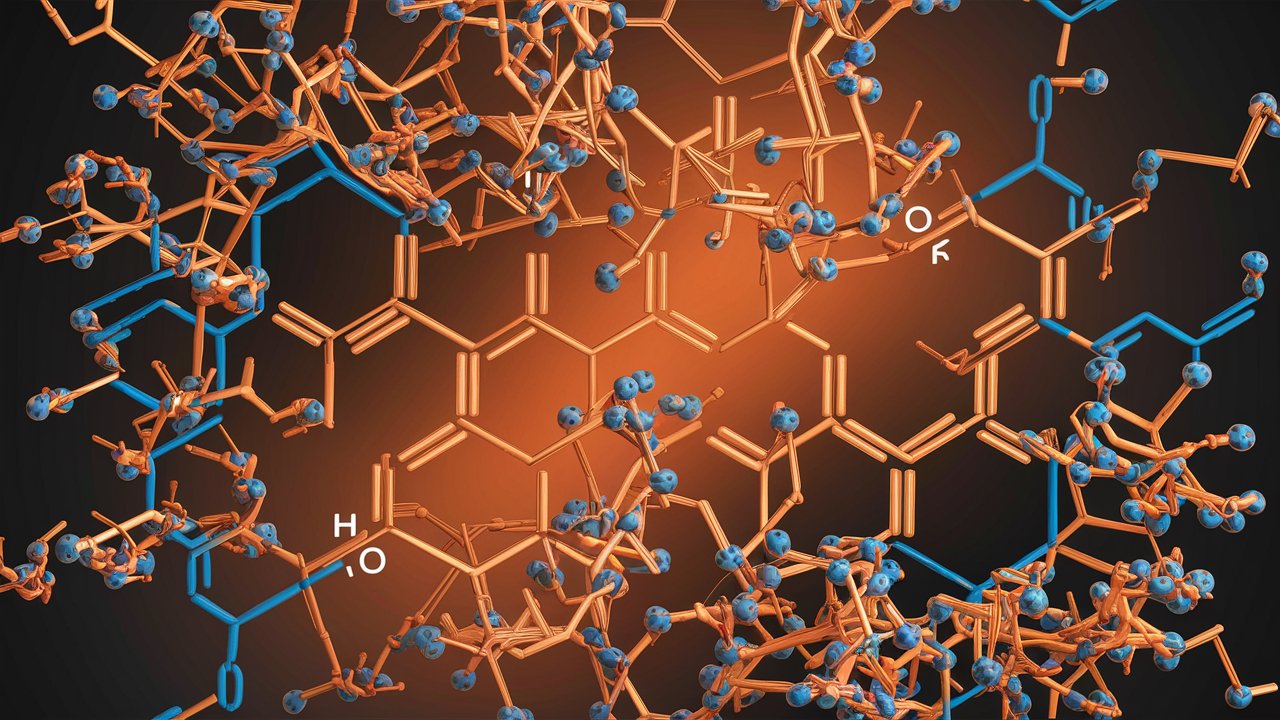
Beauvericin is a fascinating compound with a range of intriguing properties. Did you know that this mycotoxin, produced by fungi like Beauveria bassiana, has both harmful and beneficial effects? On one hand, it can be toxic to humans and animals, causing various health issues. On the other hand, it shows promise in medical research for its potential to fight cancer cells and bacteria. In this post, we'll dive into 20 captivating facts about beauvericin, from its chemical structure to its role in agriculture. Whether you're a science enthusiast or just curious about the natural world, these facts will shed light on this complex and multifaceted compound.
What is Beauvericin?
Beauvericin is a fascinating compound with a range of interesting properties and uses. This article dives into 20 facts about this unique substance, shedding light on its origins, applications, and effects.
Origins of Beauvericin
Beauvericin has a rich history and intriguing origins. Let's explore where it comes from and how it was discovered.
- Beauvericin is a mycotoxin produced by fungi, specifically from the genus Beauveria.
- It was first isolated in 1991 from the fungus Beauveria bassiana, which is known for its insecticidal properties.
- Named after the fungus, the compound's name reflects its fungal origin.
- Found in various environments, including soil and plants, where the fungus resides.
Chemical Structure and Properties
Understanding the chemical makeup of Beauvericin helps in grasping its unique characteristics and potential uses.
- Beauvericin is a cyclic hexadepsipeptide, meaning it has a ring structure composed of amino acids and hydroxy acids.
- It has a molecular formula of C45H57N3O9, showcasing its complex structure.
- The compound is lipophilic, meaning it dissolves in fats and oils rather than water.
- It exhibits ionophoric properties, allowing it to transport ions across cell membranes.
Biological Effects
Beauvericin's impact on biological systems is significant, making it a subject of extensive research.
- It has insecticidal properties, making it useful in controlling pest populations.
- Beauvericin exhibits antimicrobial activity, effective against bacteria and fungi.
- It has cytotoxic effects, meaning it can kill or damage cells, which is being studied for potential cancer treatments.
- The compound can induce apoptosis, a process of programmed cell death, in certain cell types.
Applications in Agriculture
Beauvericin's properties make it valuable in agricultural settings for pest control and plant protection.
- Used as a biological pesticide, it helps manage insect pests in crops.
- It can protect plants from fungal infections, enhancing crop yield and quality.
- Research is ongoing to develop more effective formulations for agricultural use.
Medical Research and Potential
The medical field is exploring Beauvericin for its potential therapeutic applications.
- Studied for anticancer properties, it shows promise in targeting and killing cancer cells.
- Potential use in antibiotics, due to its antimicrobial effects.
- Research indicates it may help in treating parasitic infections.
Safety and Toxicity
Understanding the safety and toxicity of Beauvericin is crucial for its application in various fields.
- Toxic to humans and animals at high concentrations, requiring careful handling and application.
- Regulations are in place to control its use, ensuring safety in agricultural and medical applications.
Final Thoughts on Beauvericin
Beauvericin, a fascinating compound, has captured the interest of scientists and researchers alike. Found in fungi like Beauveria bassiana, it boasts a range of biological activities, from antimicrobial to anticancer properties. This compound's potential in pharmaceuticals and agriculture is immense, offering new avenues for treatment and pest control.
However, it's not without its challenges. Beauvericin's toxicity to humans and animals requires careful handling and thorough research to ensure safety. As we continue to explore its applications, balancing benefits with risks remains crucial.
Understanding beauvericin better can lead to breakthroughs in medicine and farming. Staying informed about its developments helps us appreciate the delicate balance between harnessing nature's power and protecting health. Keep an eye on this intriguing compound; it might just be the key to future innovations.
Was this page helpful?
Our commitment to delivering trustworthy and engaging content is at the heart of what we do. Each fact on our site is contributed by real users like you, bringing a wealth of diverse insights and information. To ensure the highest standards of accuracy and reliability, our dedicated editors meticulously review each submission. This process guarantees that the facts we share are not only fascinating but also credible. Trust in our commitment to quality and authenticity as you explore and learn with us.


